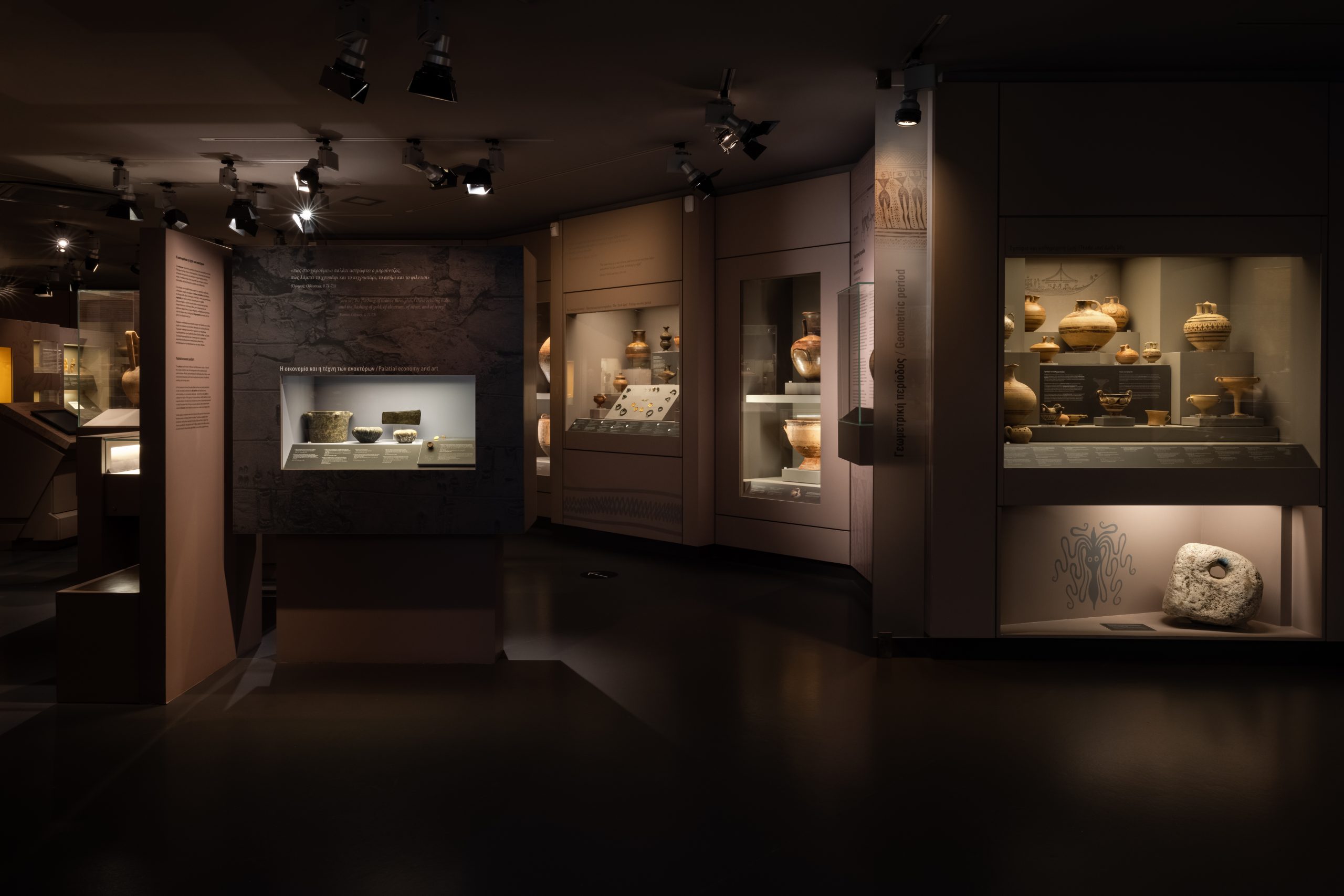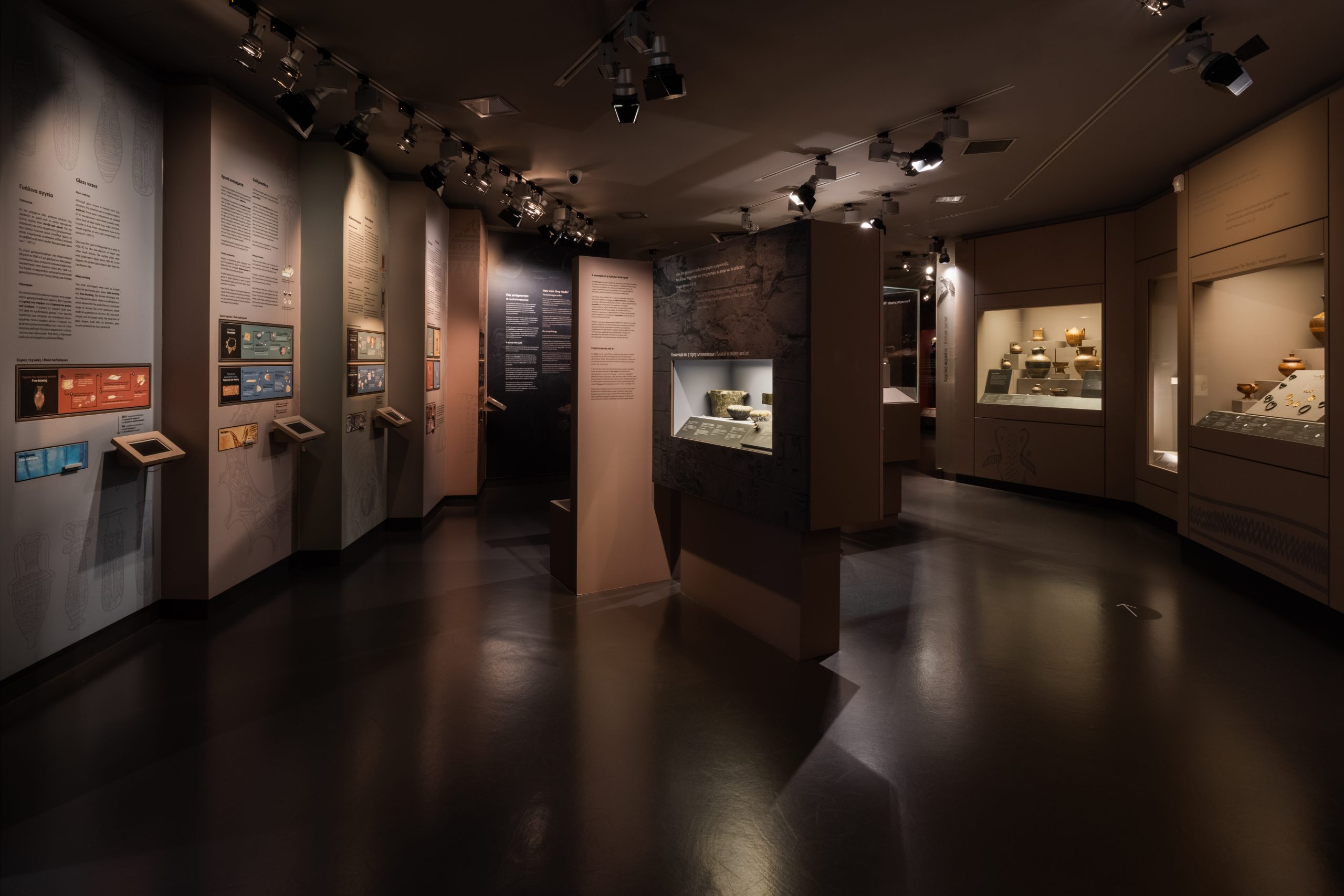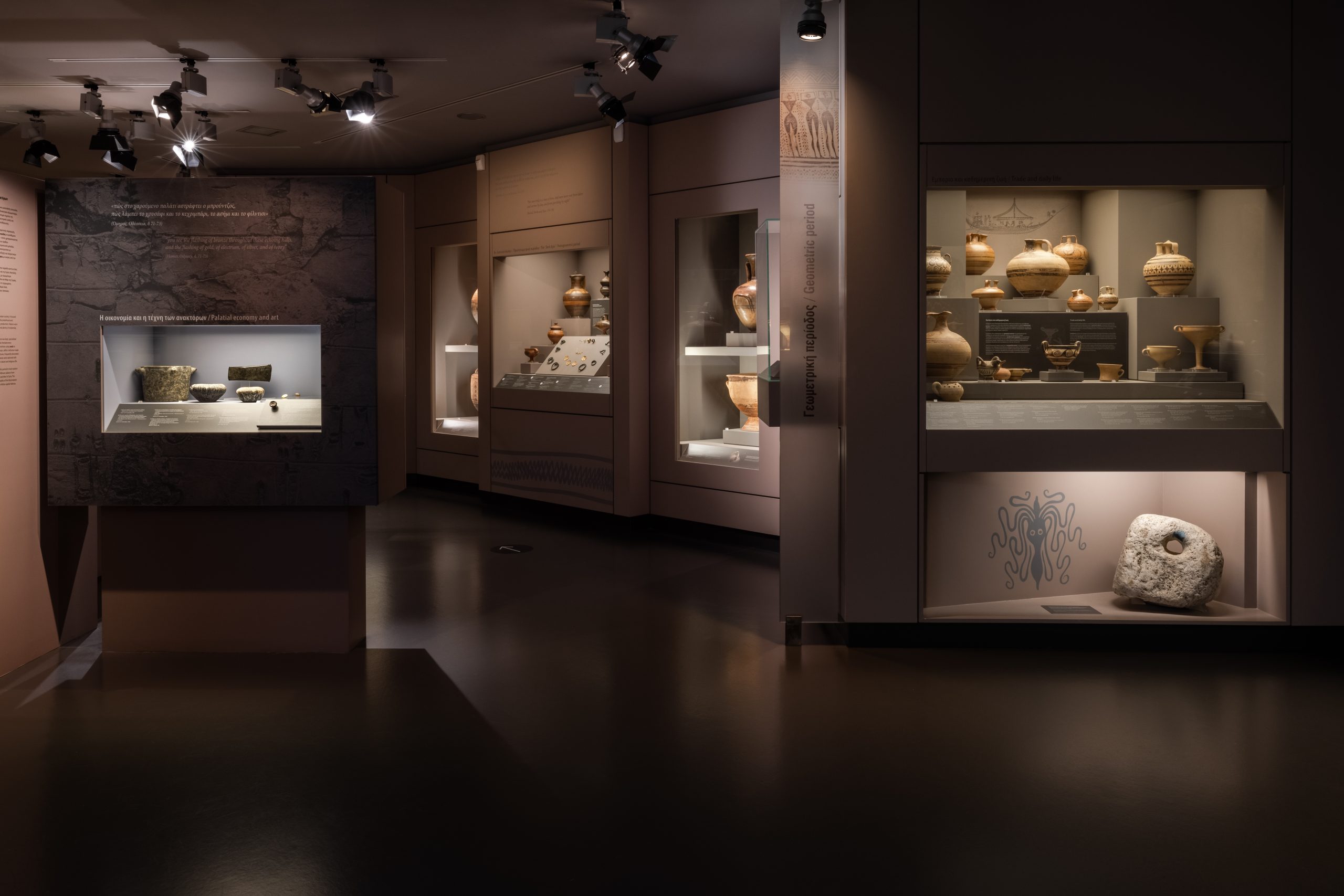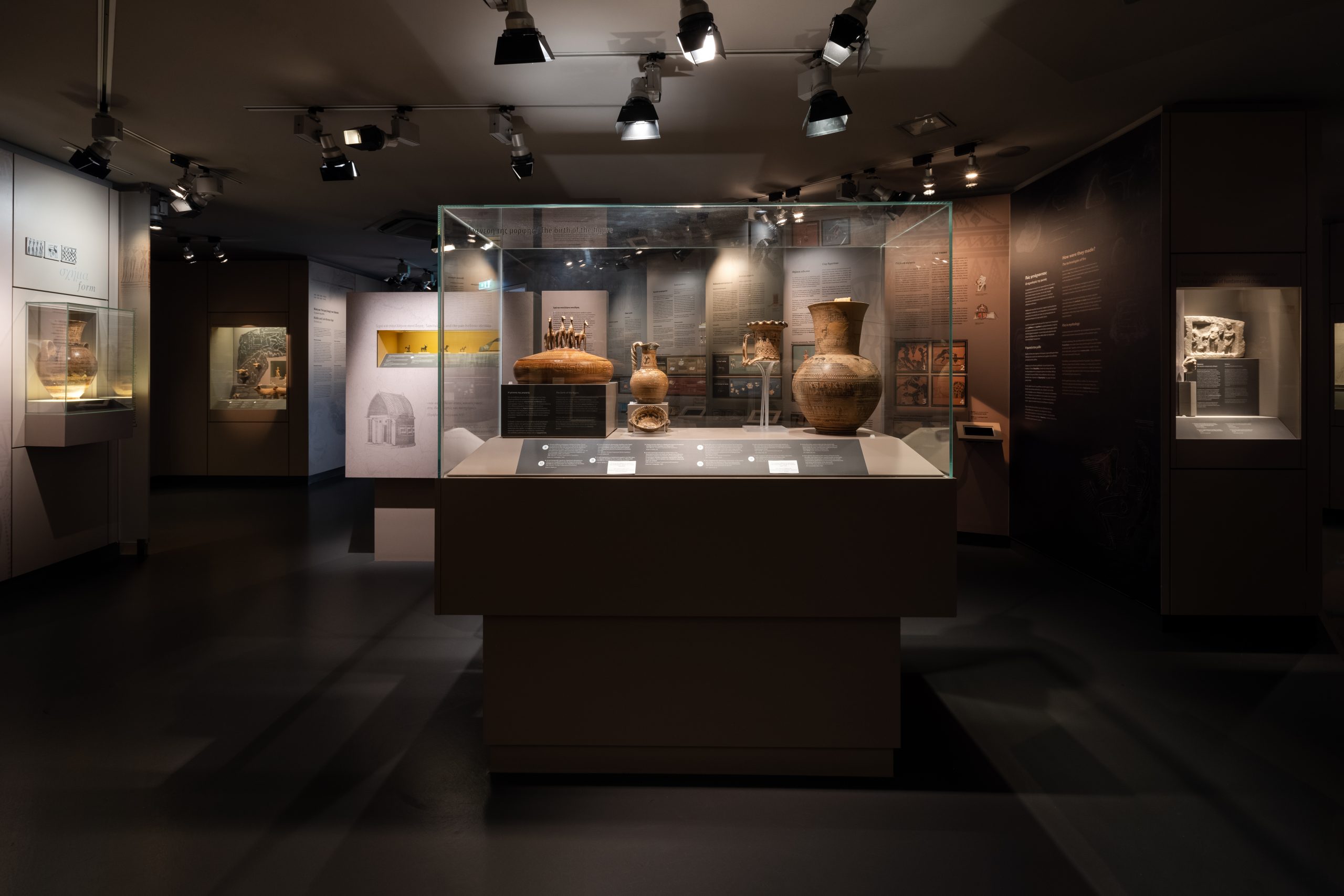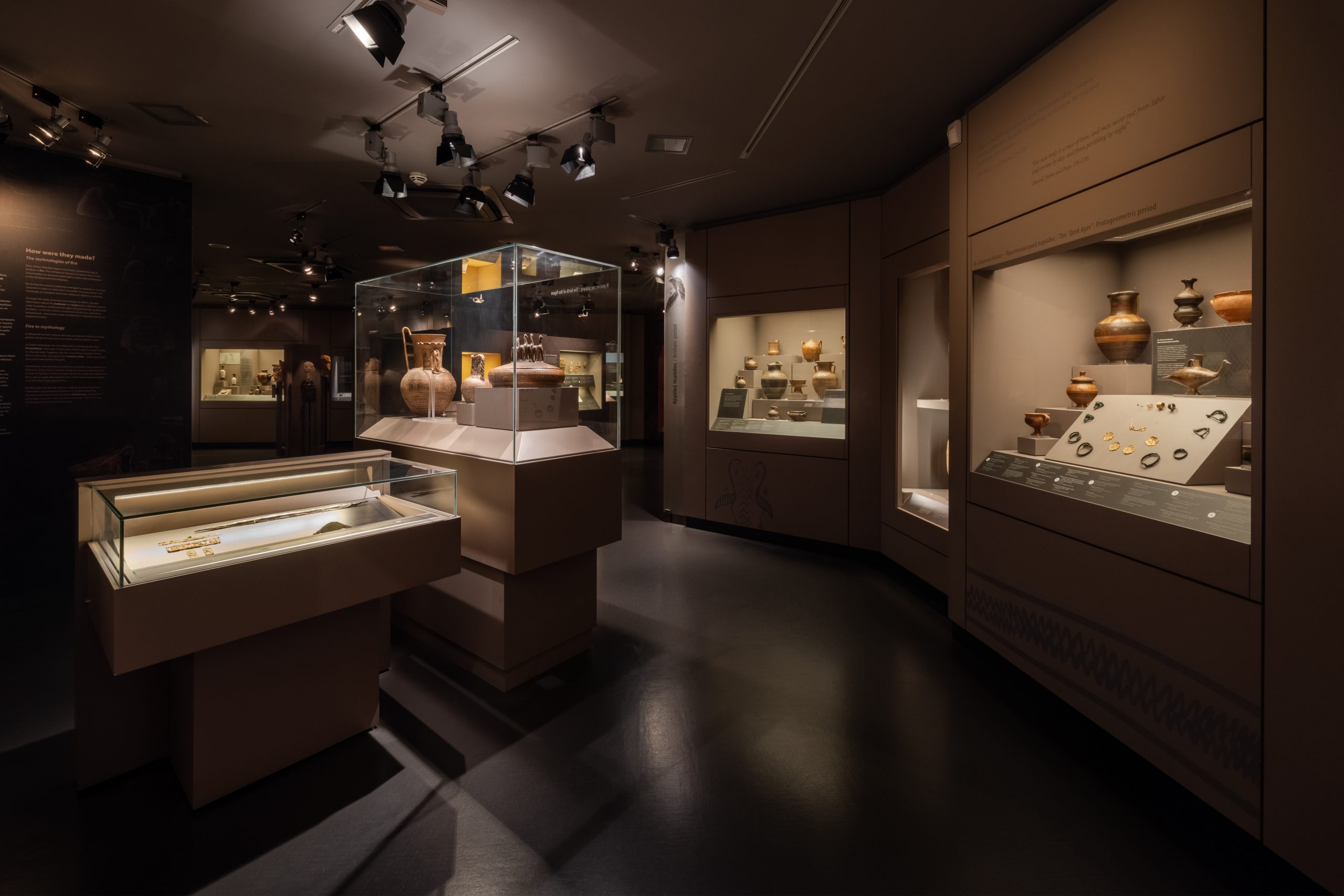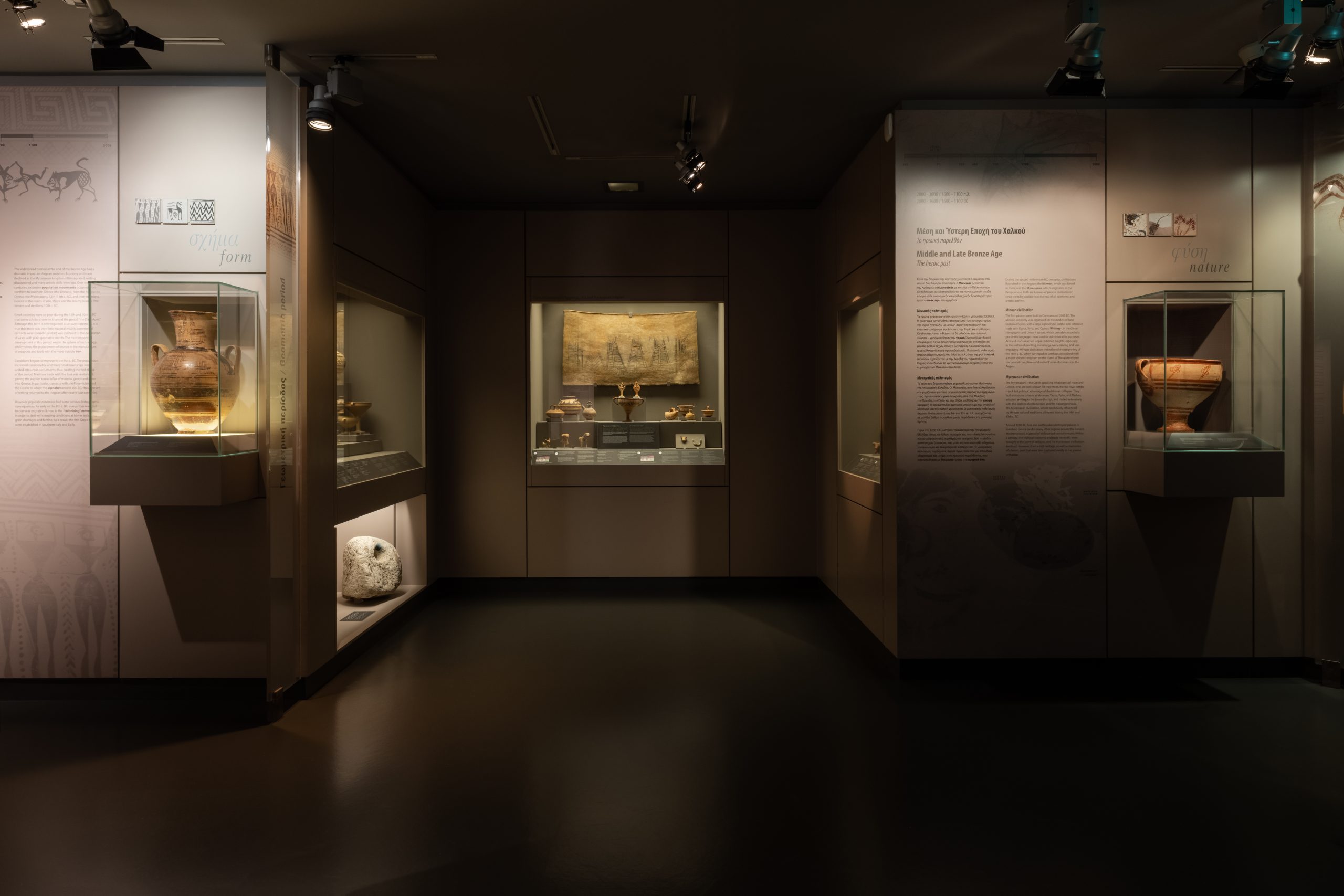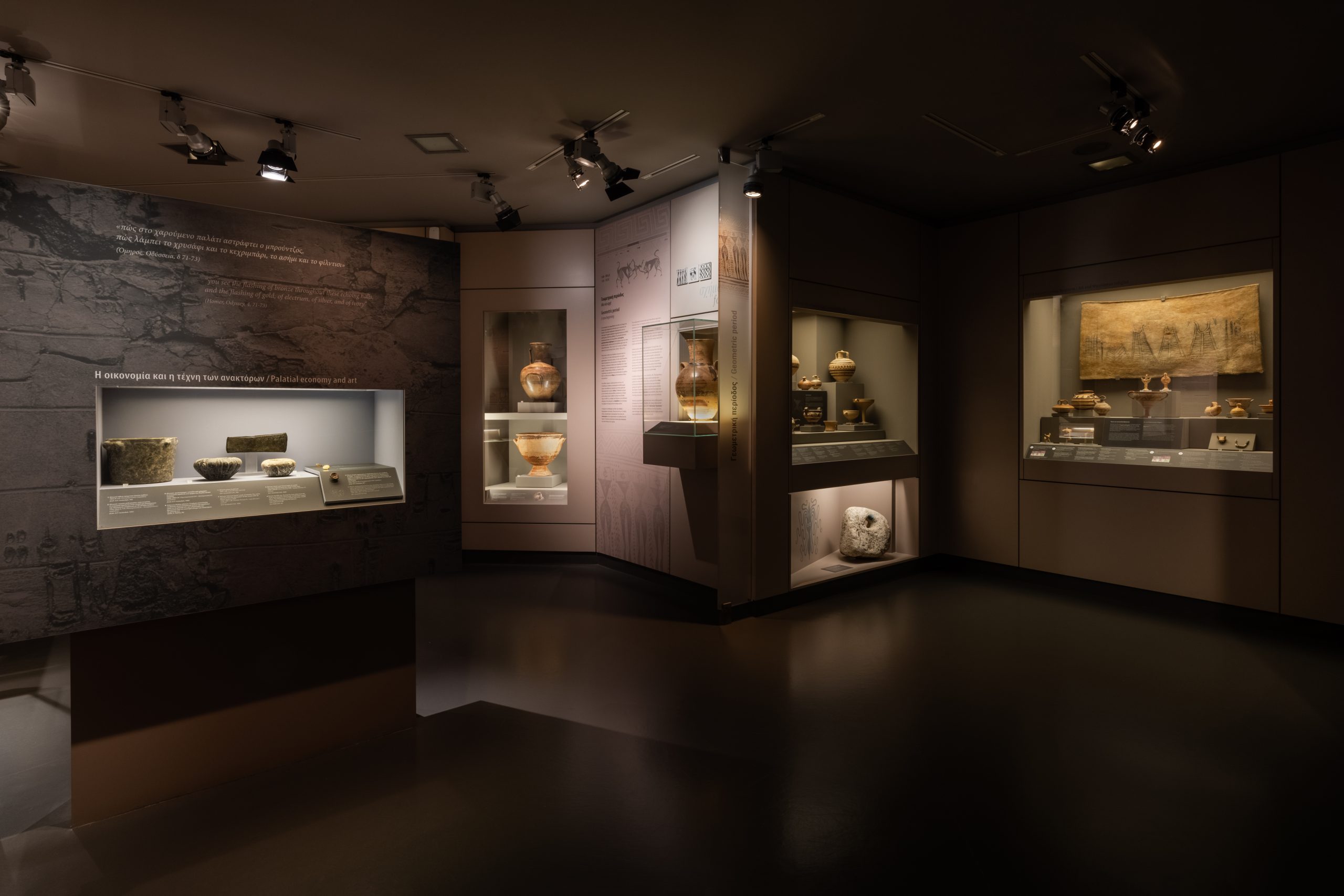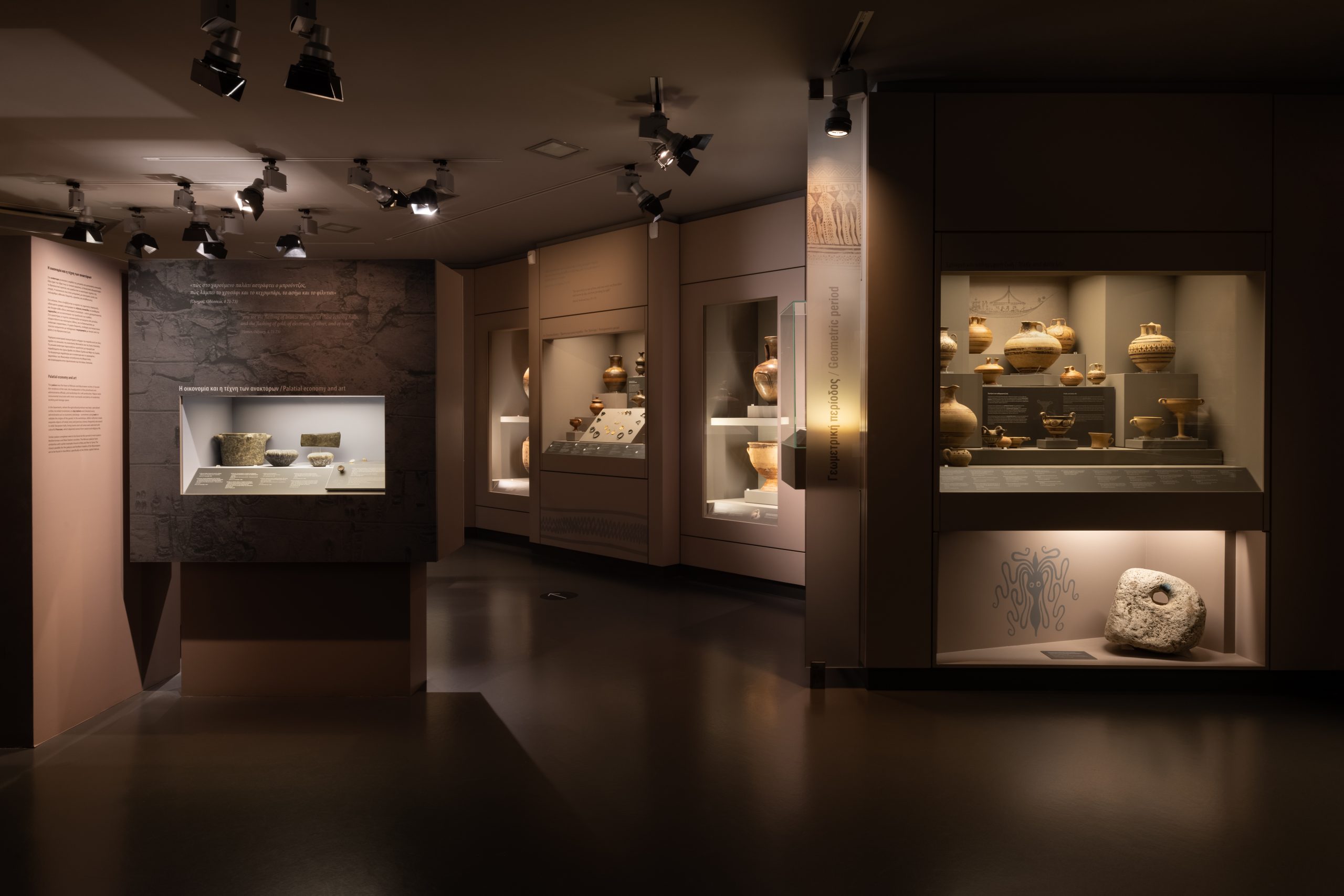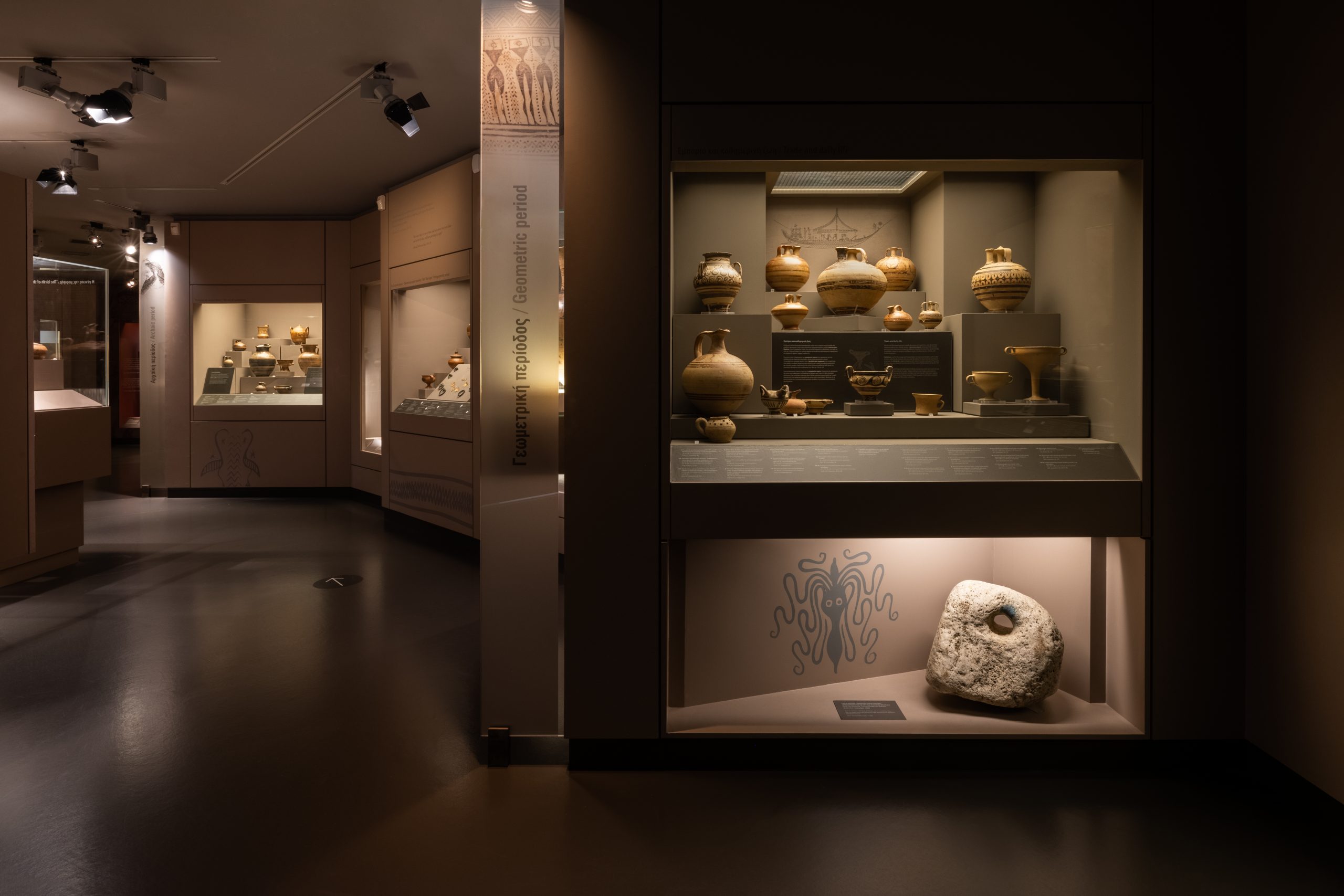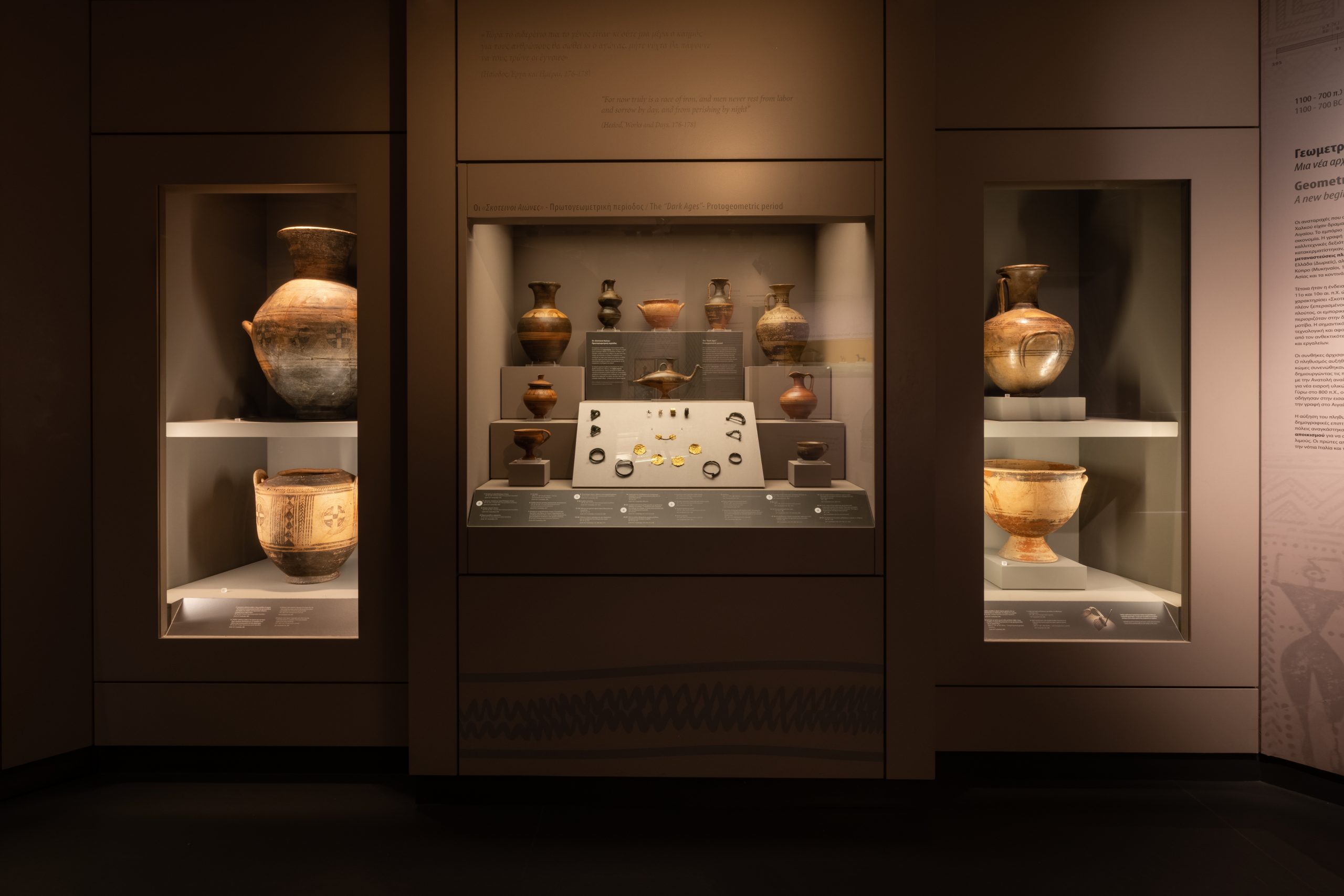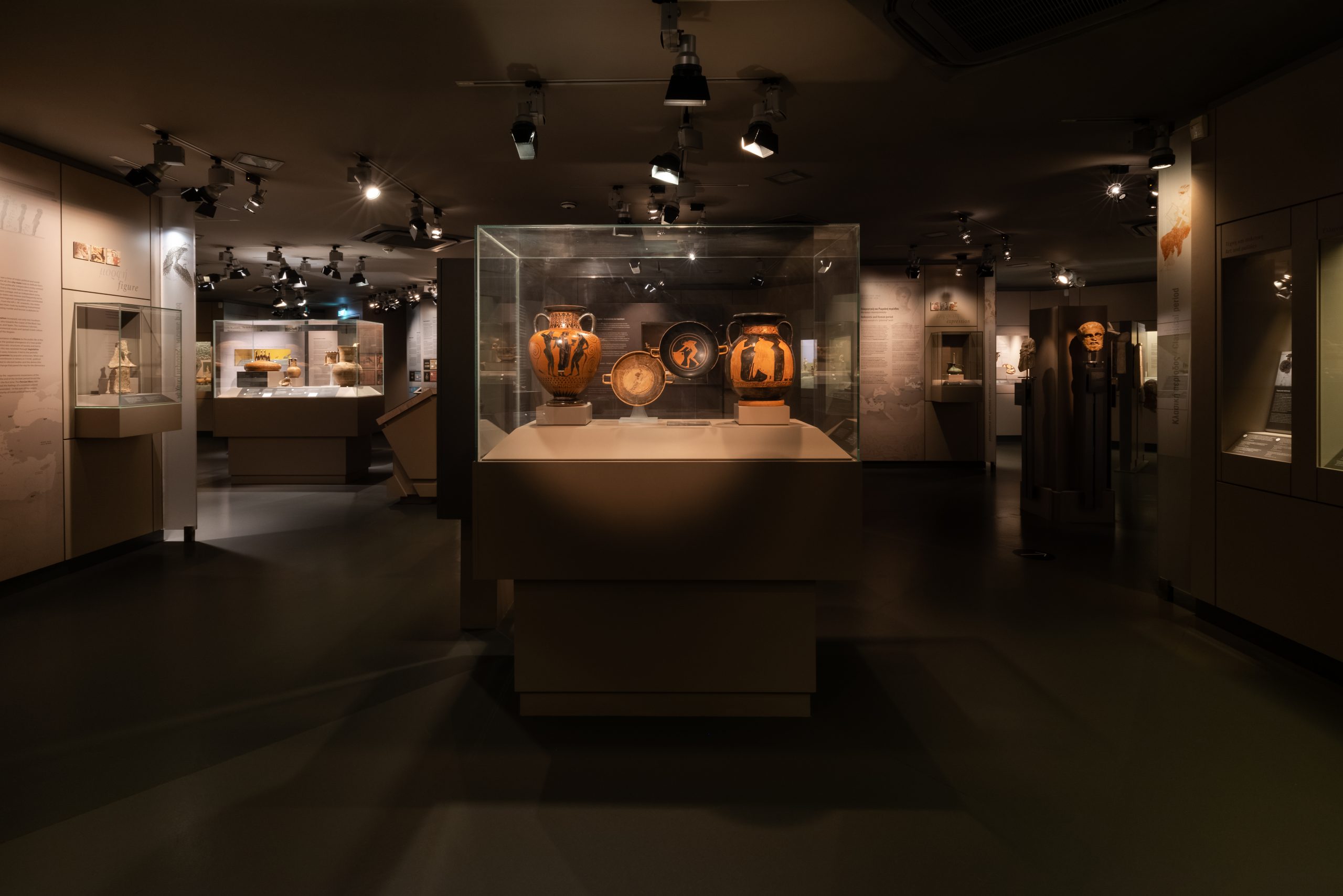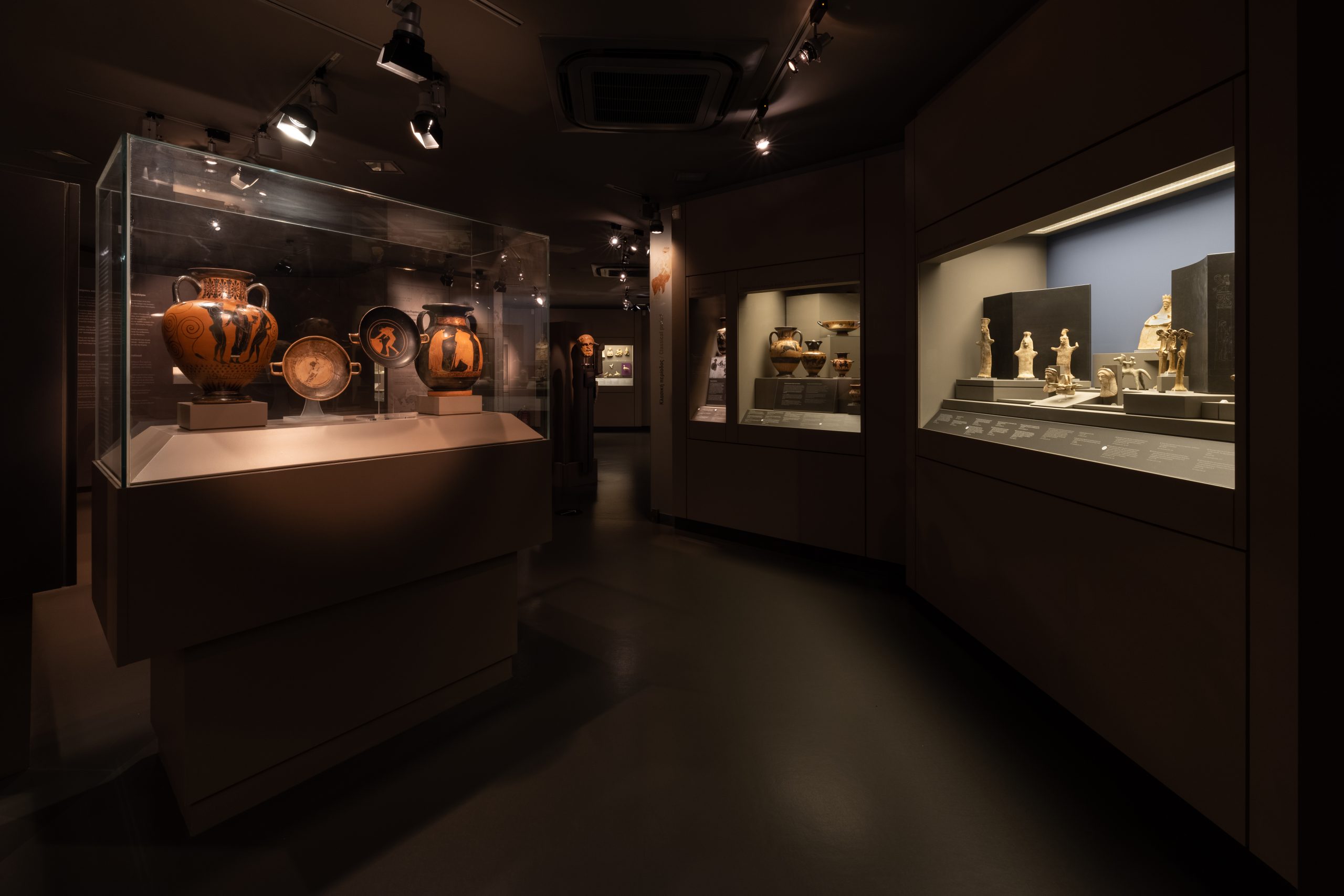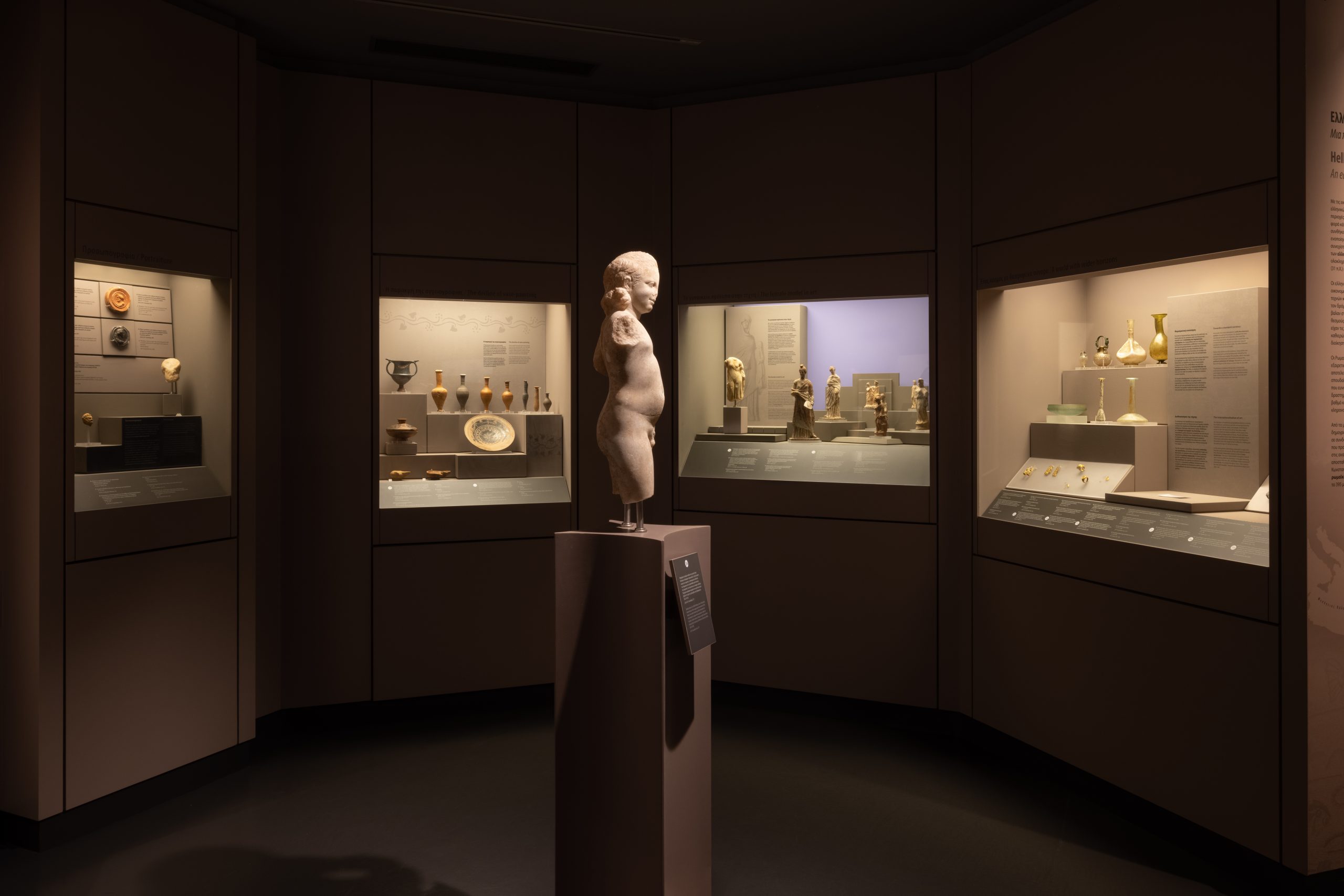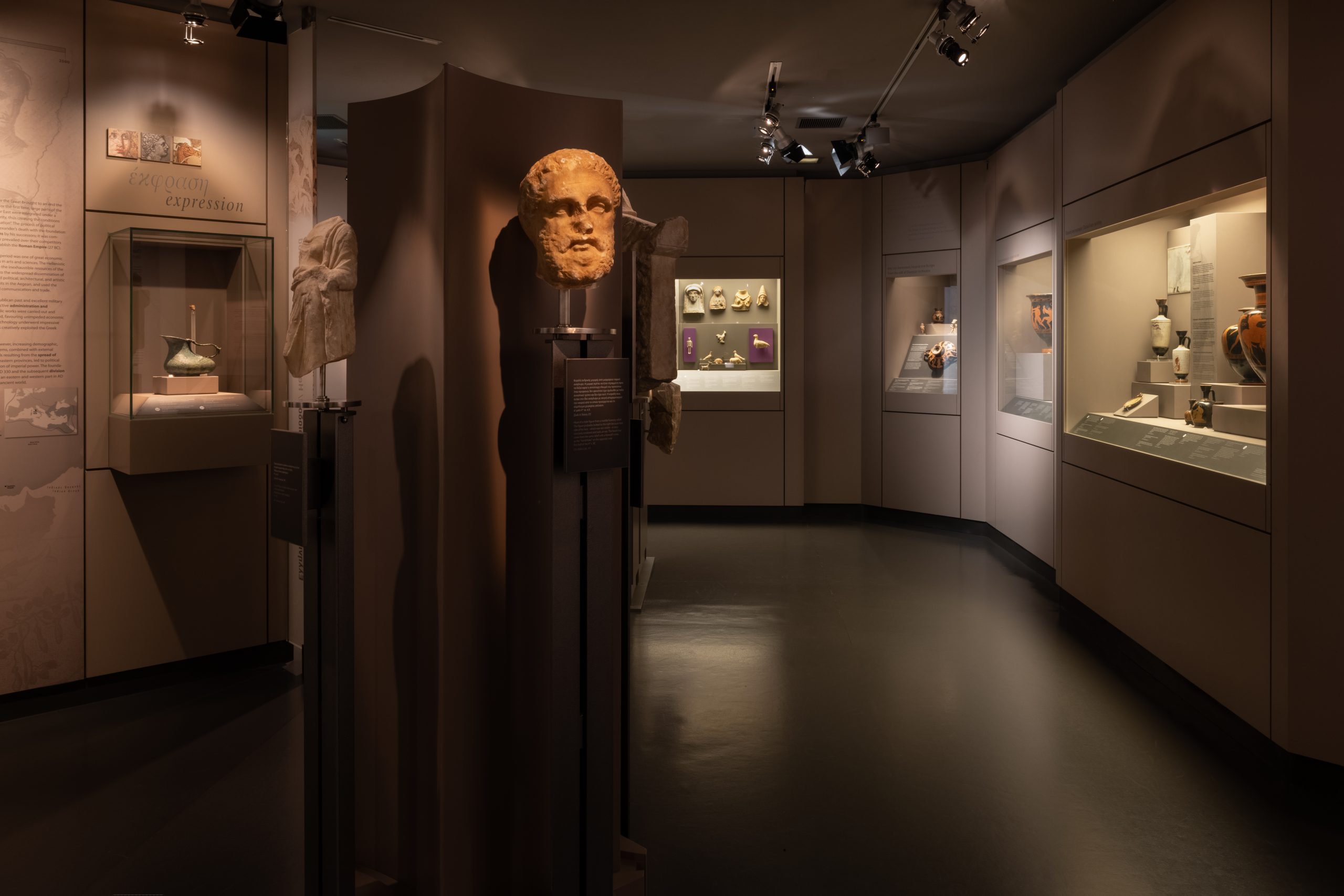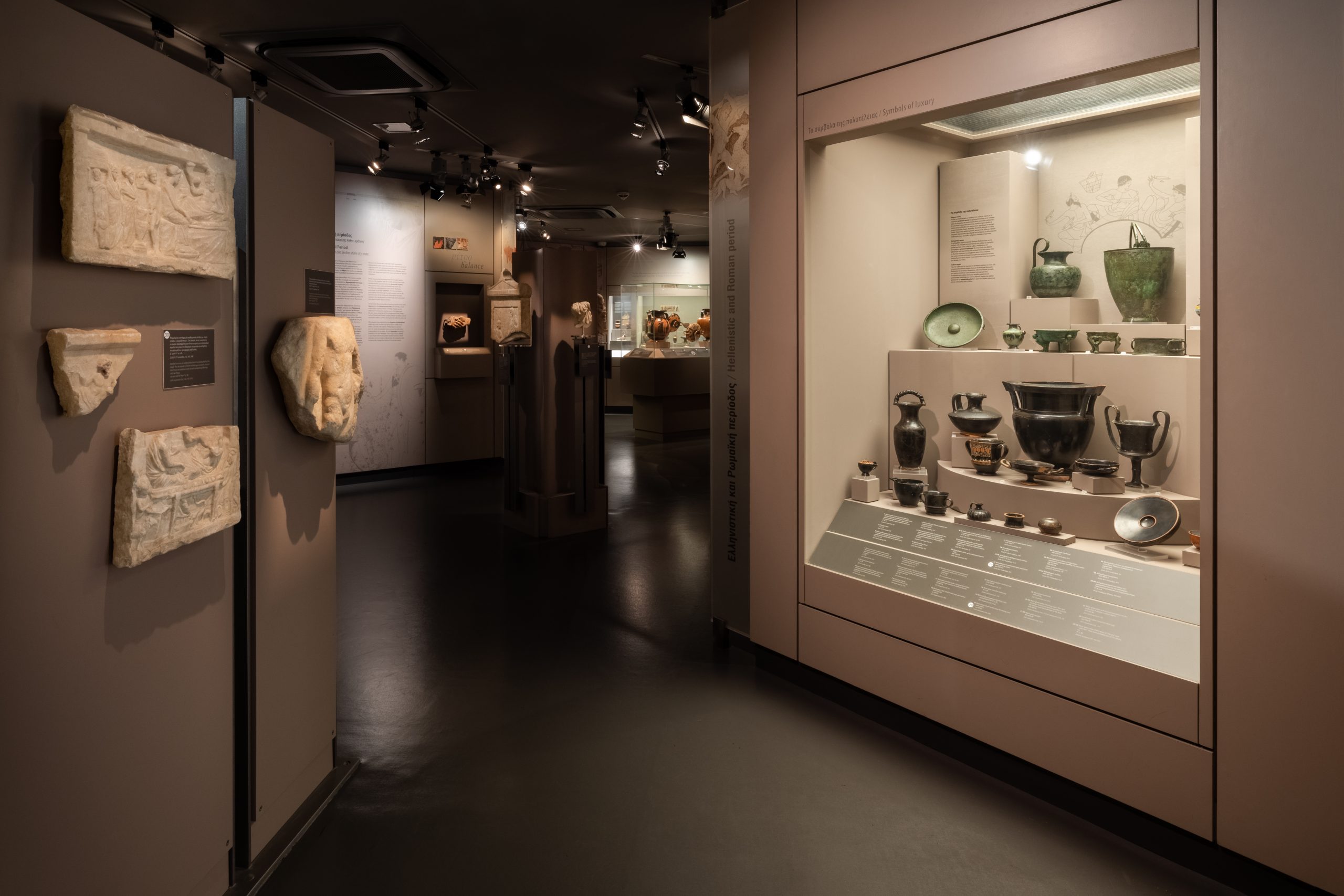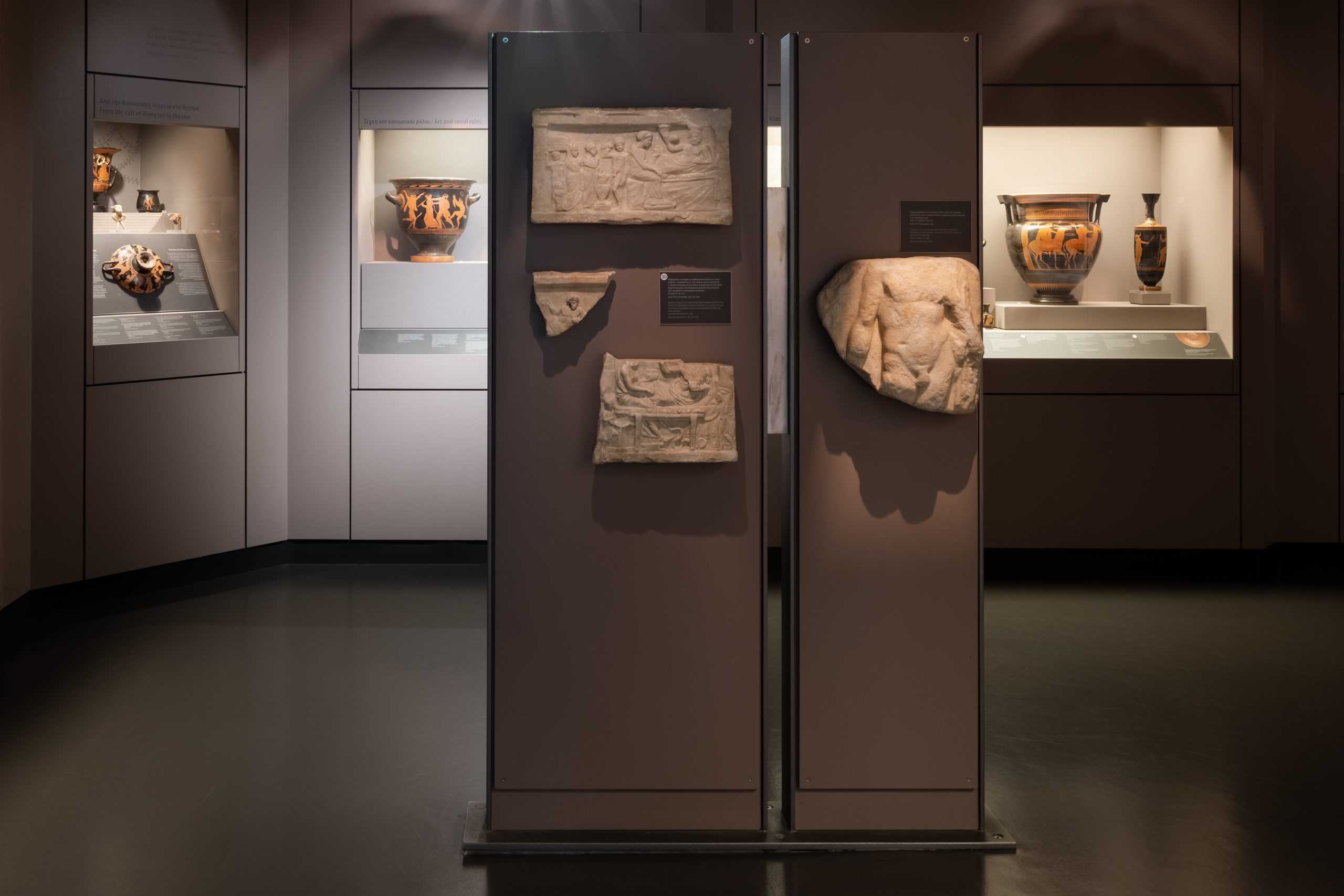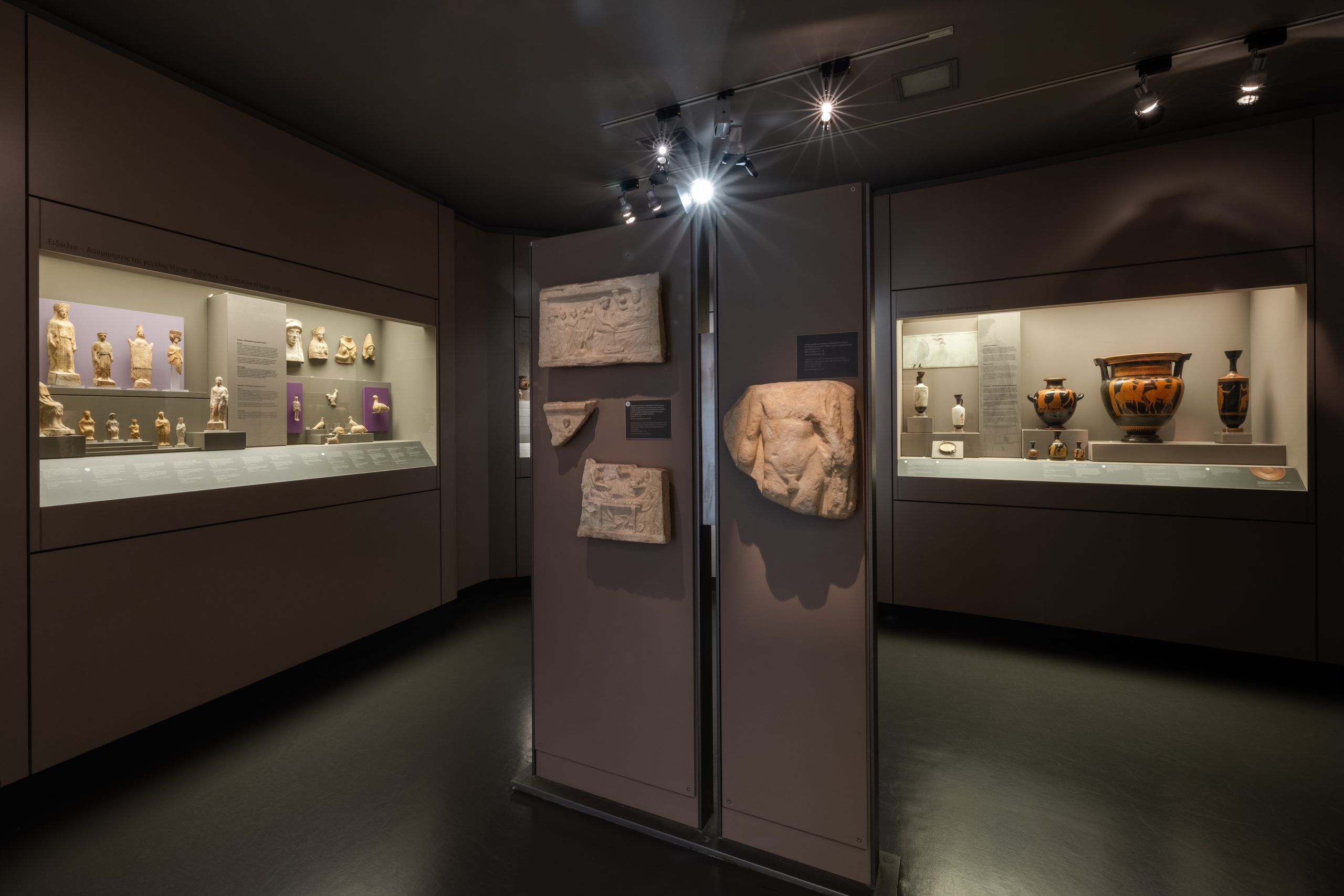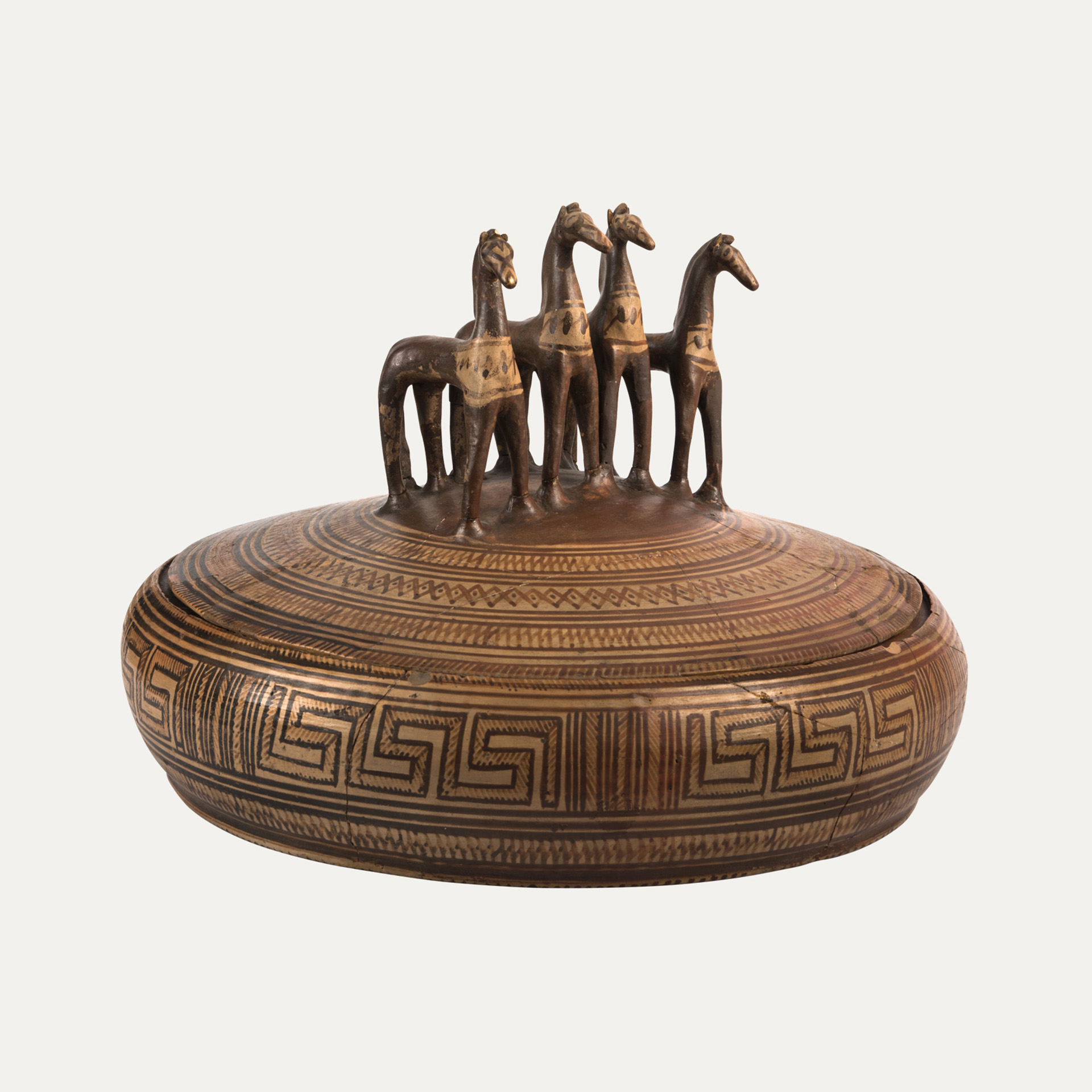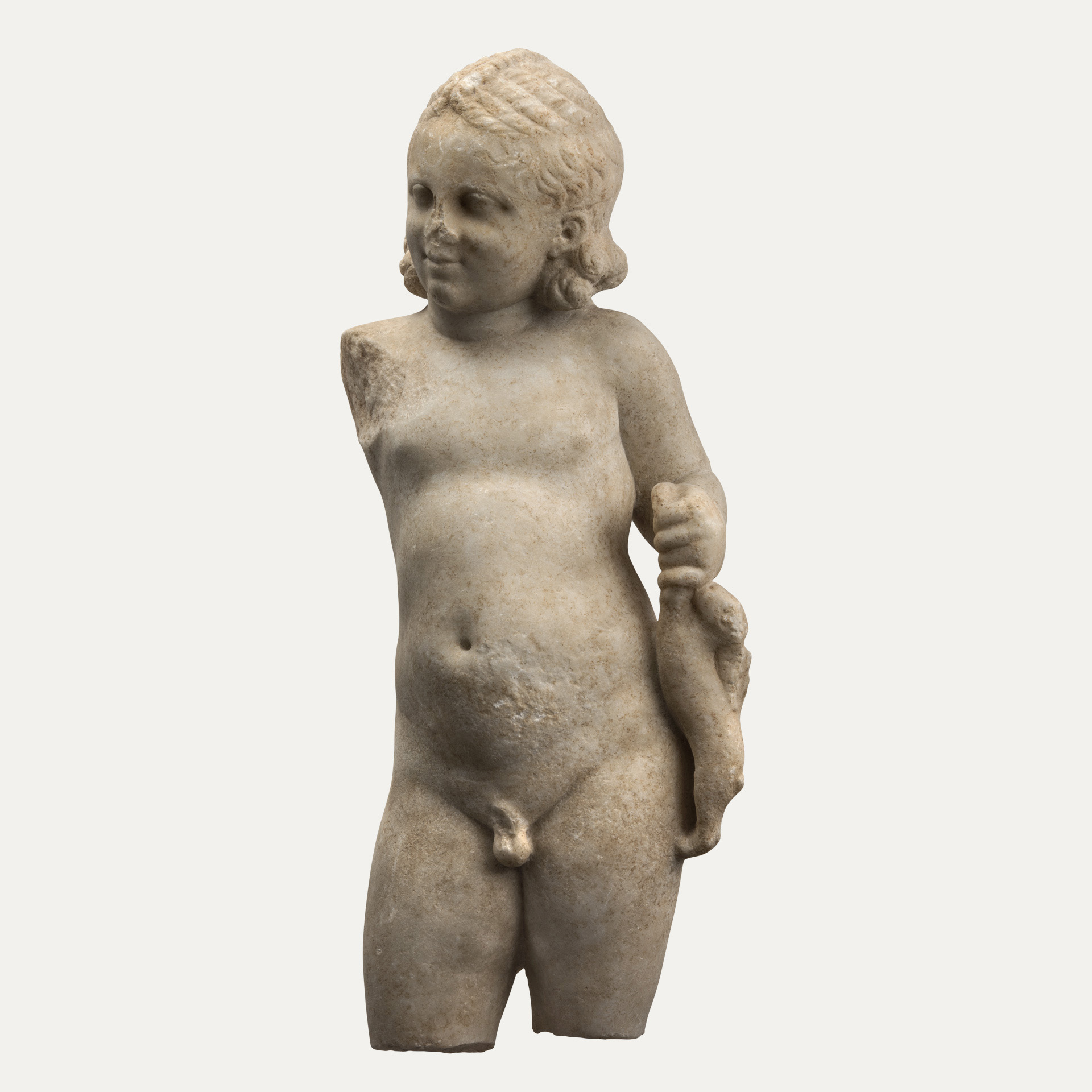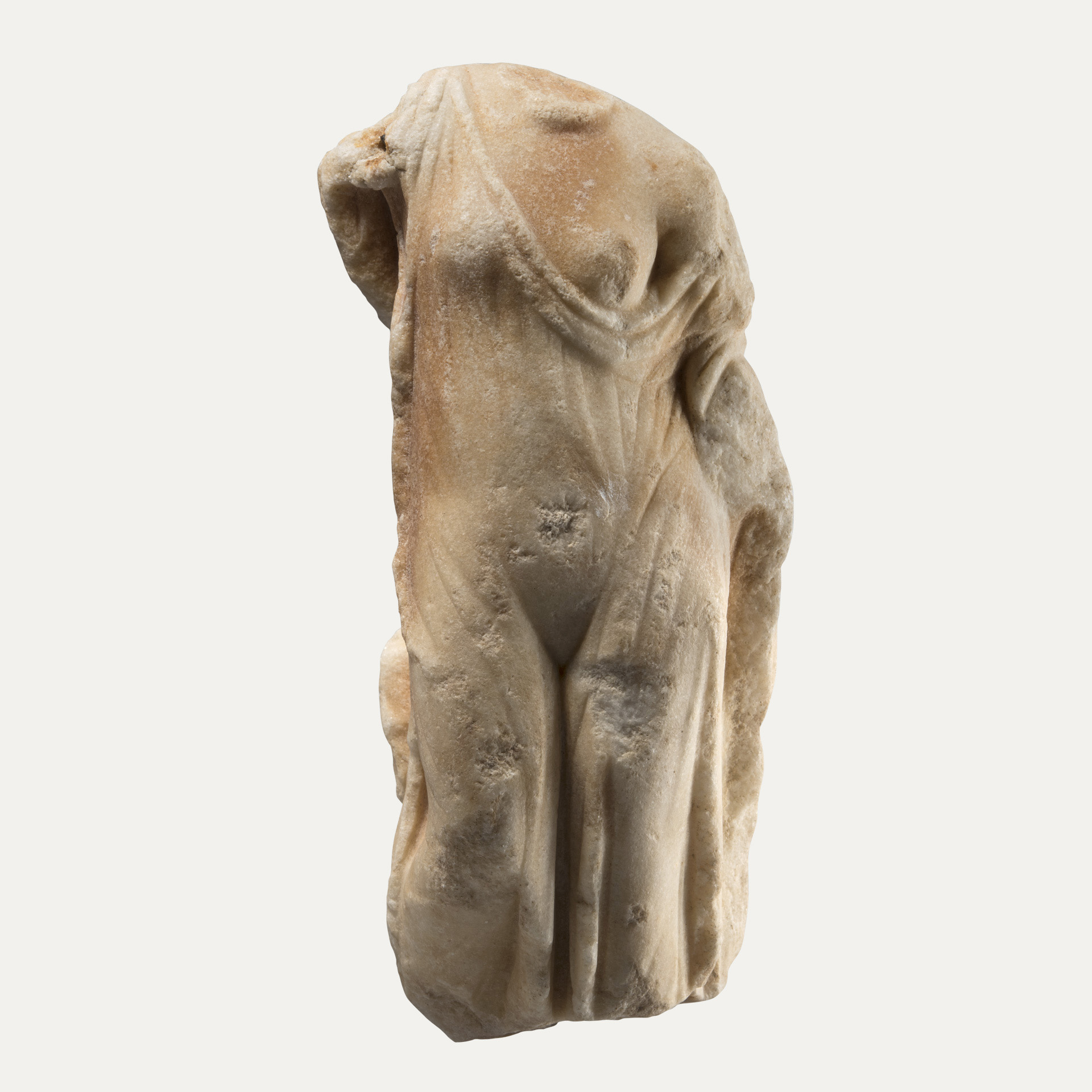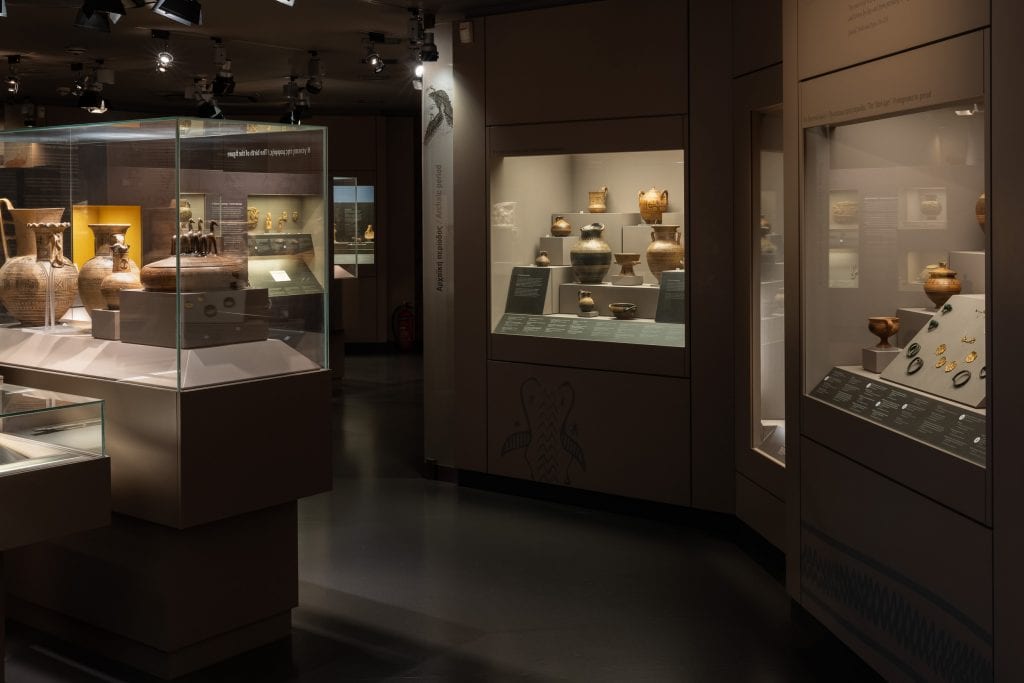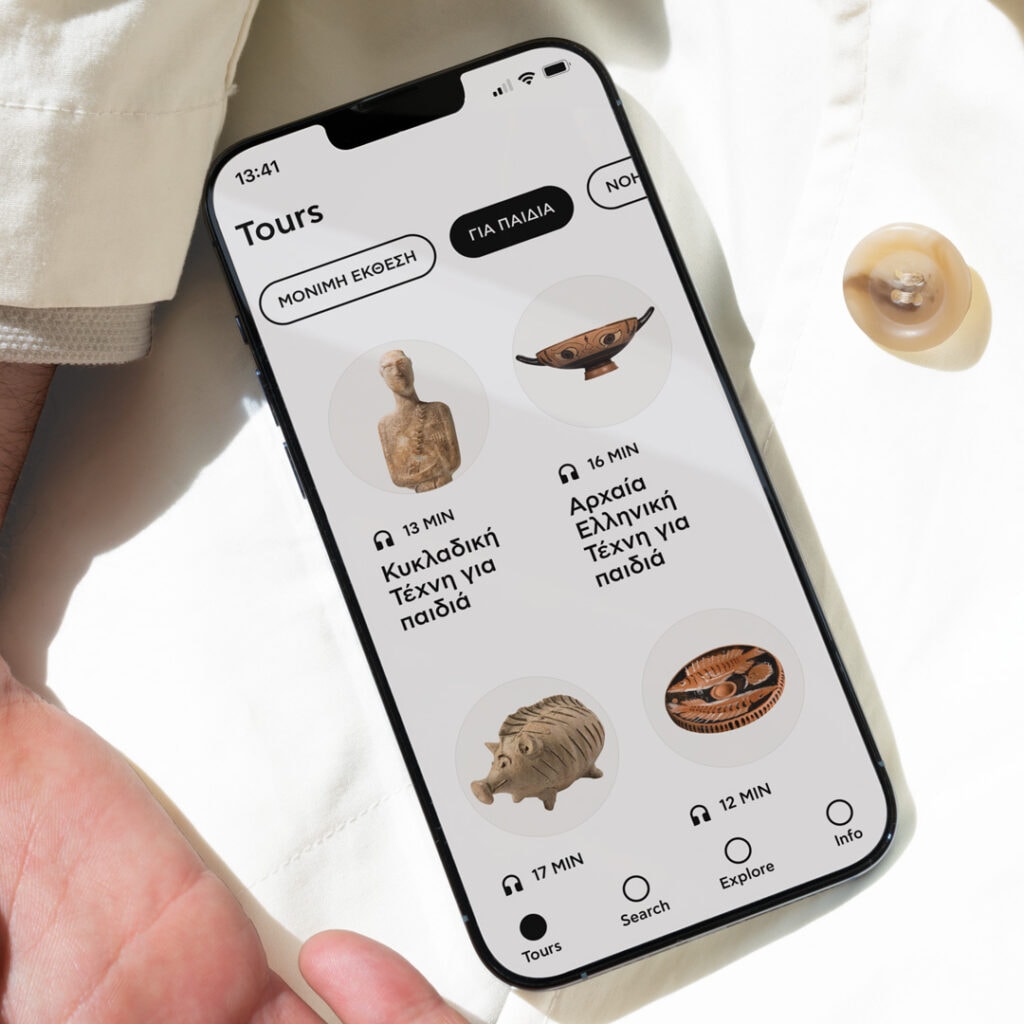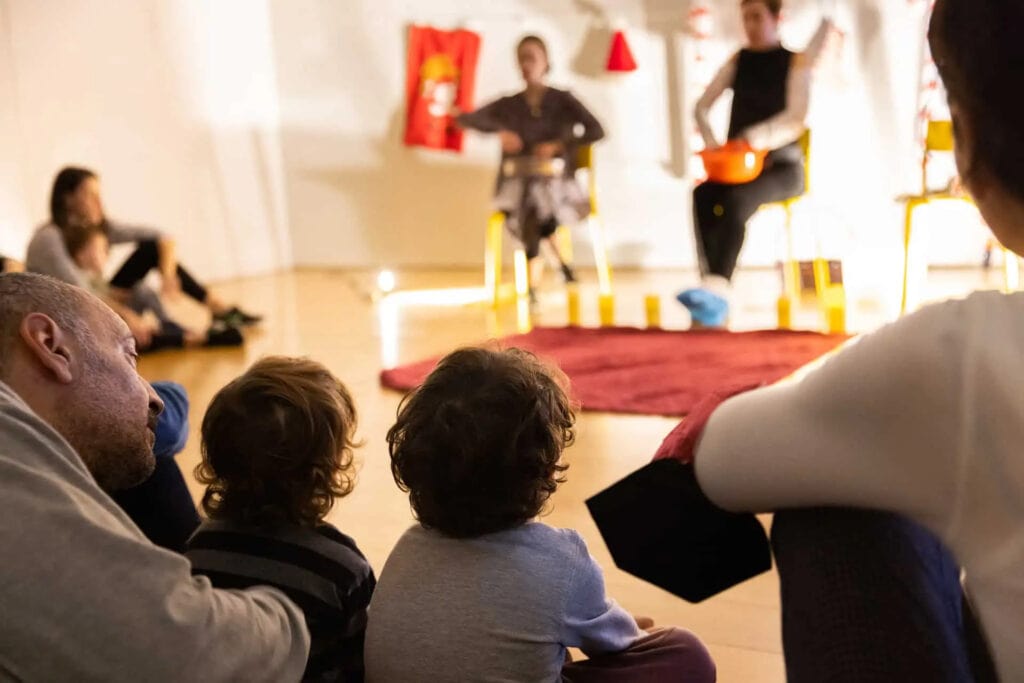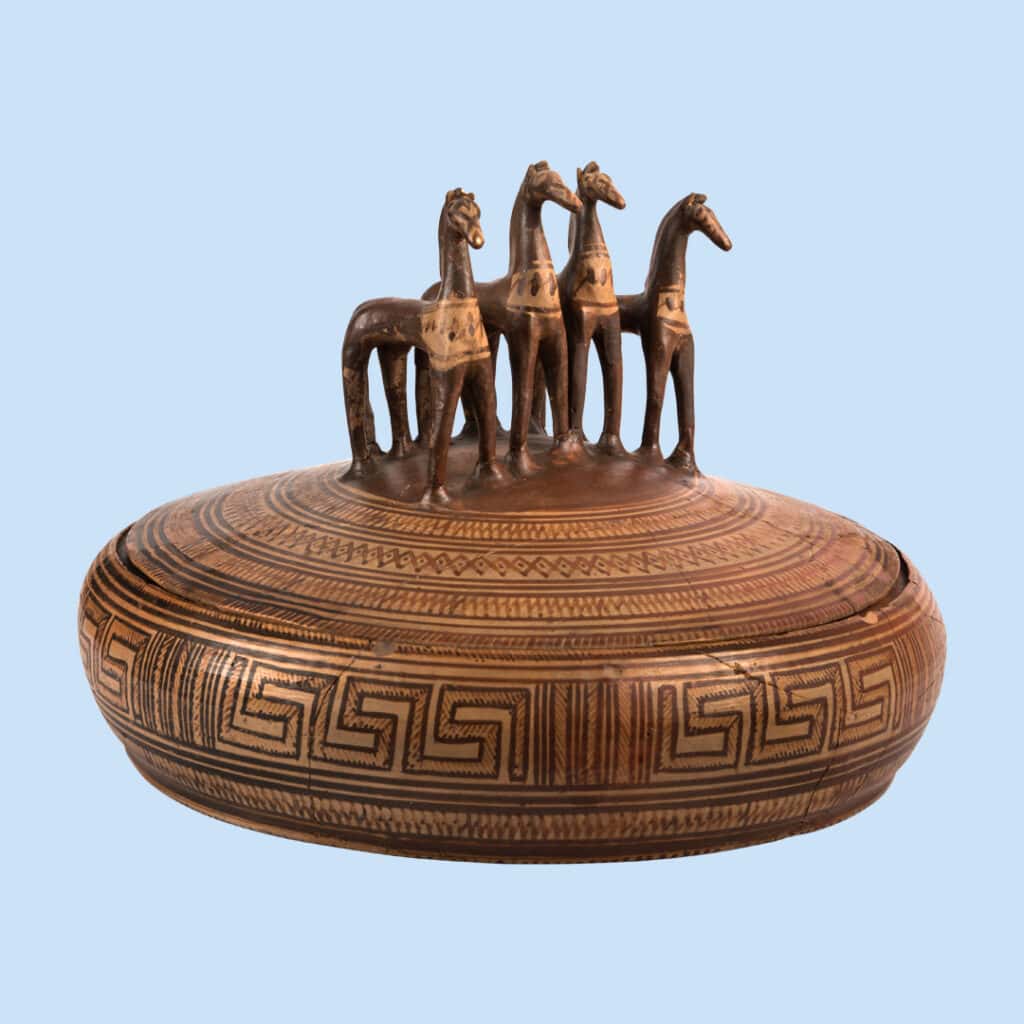Ancient Greek Art
A history in images
PERMANENT EXHIBITION
ON VIEW
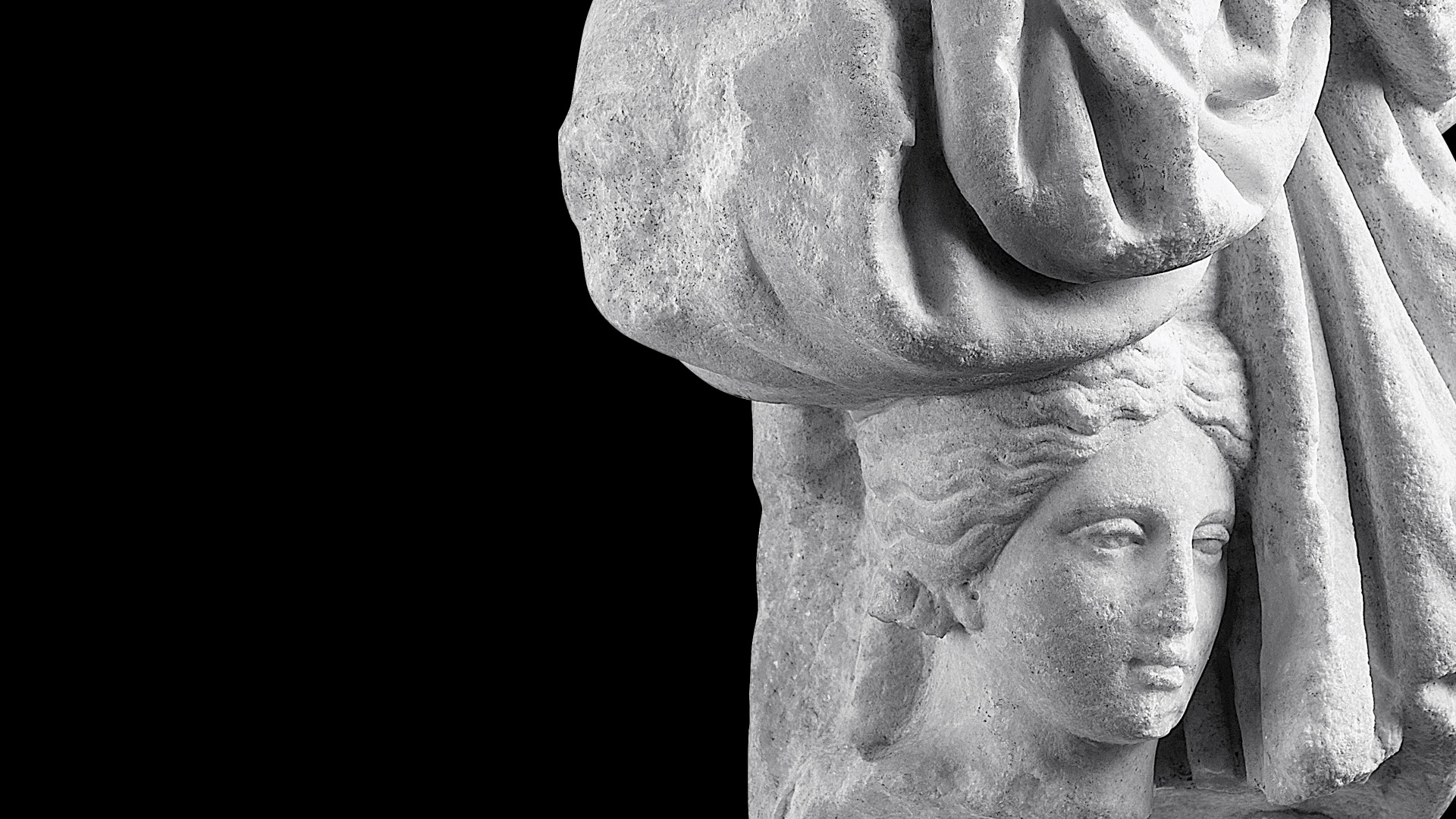
THE EXHIBITION
The Exhibition of Ancient Greek Art – entitled A History in Images – is presented on the second floor of the Permanent Exhibitions. Ancient Greek Art is one of the most important phenomena of world culture and has decisively contributed to the shaping of the modern Western world’s character and aesthetics. This long period saw major social and political developments, including the rise of the Greek city-states, the establishment of democracy, and the appearance of the first Mediterranean empires. Each of these developments left its own imprint on art, producing images that reflect different social values and ideologies.
Based on these principles, the Exhibition attempts to explore the social aspects of ancient art and link the changes of artistic expression in the Aegean to important historical developments.
Therefore, The Exhibition of Ancient Greek Art examines the importance of the development of the first cities and great sanctuaries in the 8th century BC, the development of iconography, the emerging contacts with the East and the subsequent adoption of new techniques and methods of representation in the early Archaic period, the contribution of art to the development of specific social and ideological models in classical times, and the widespread economy’s impact on the art of the Hellenistic period. Through this kind of presentation, visitors are invited to confront ancient Greek art, not as a fossil, but as a dynamic product of the society it served and a living medium of expression that interpreted, commented on, and even reshaped social reality.
PLAN YOUR VISIT
Dates
Open daily except from Tuesdays abd Public Holidays
Venue
4 Neofytou Douka st.
* Entrance from Stathatos Mansion
Tickets
Discounted admission: €12
Cycladic Friends: Free admission
*Includes entrance to the “Marlene Dumas: Cycladic Blues” Exhibition.
Permanent Exhibitions
General admission: €12
Discounted admission: €9
Cycladic Friends: Free admission
IN THE GALLERY
ΕΚΘΕΜΑΤΑ
STORIES
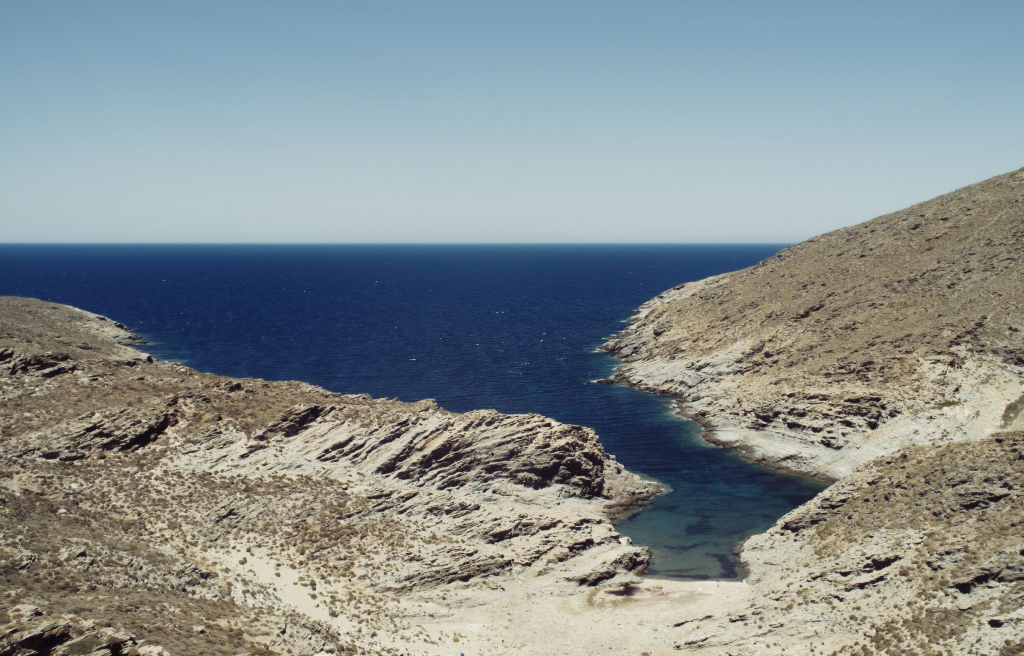
ANCIENT GREEK ART
Greece between two worlds
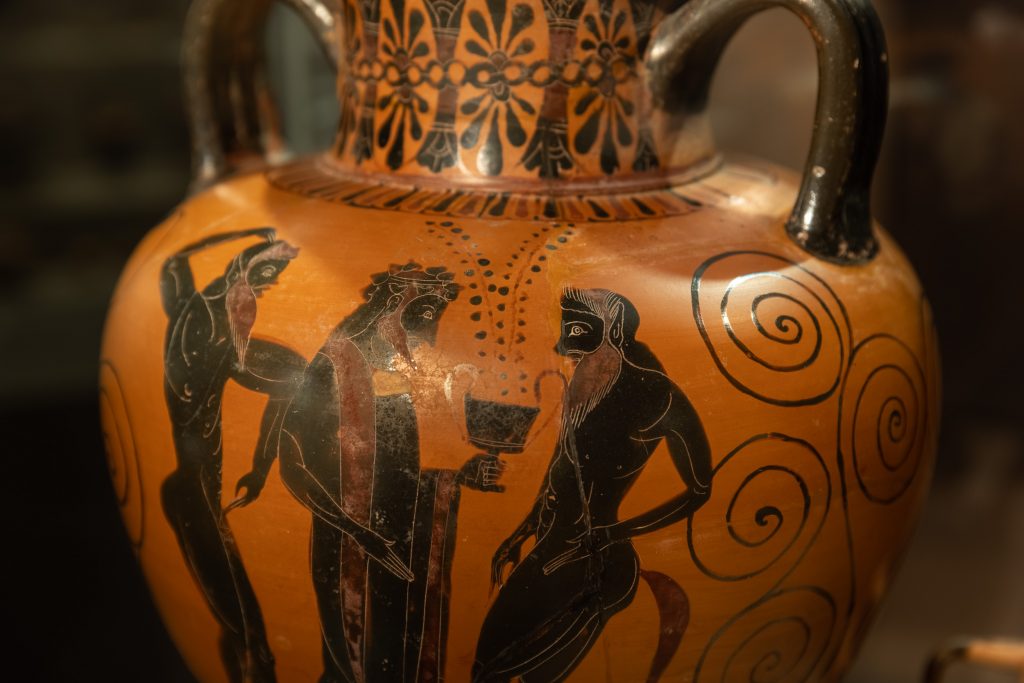
ANCIENT GREEK ART
Pottery and vase – painting of the archaic period
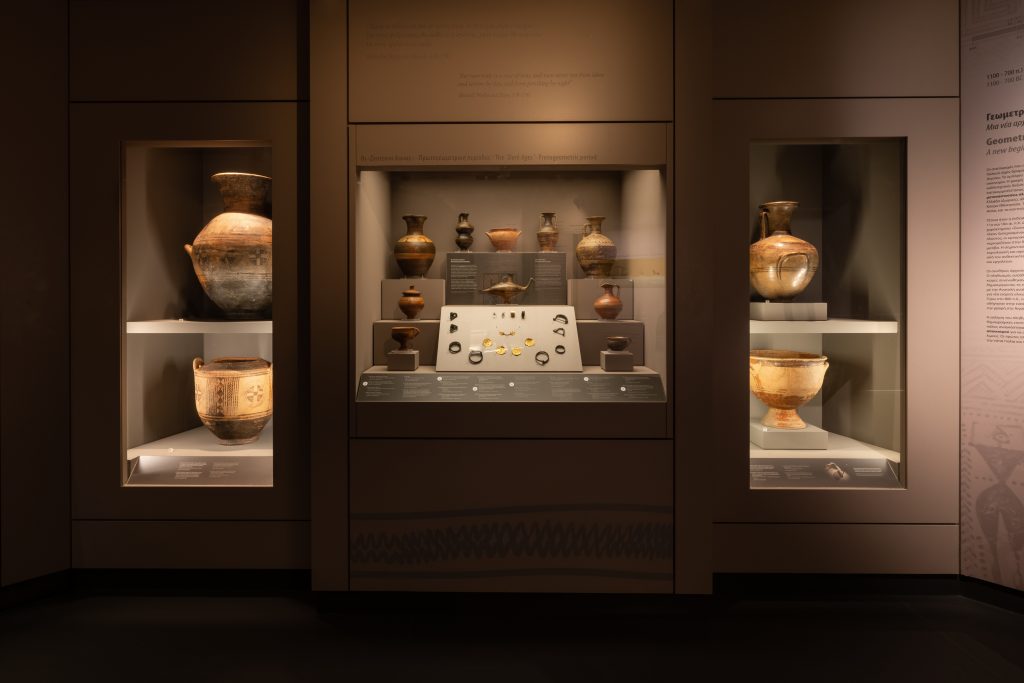
ANCIENT GREEK ART
Geometric Art
CYCLADIC FRIENDS
BE
FRIENDS
